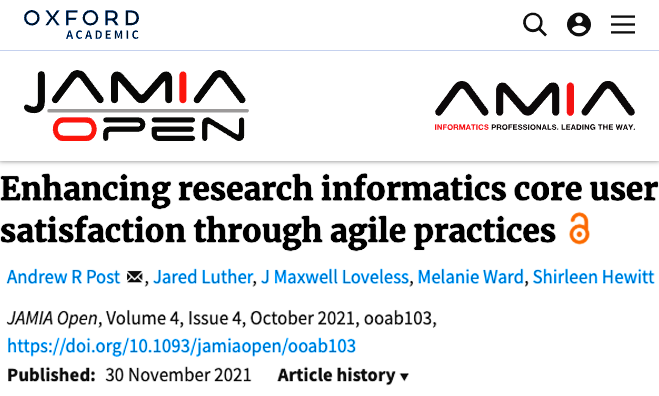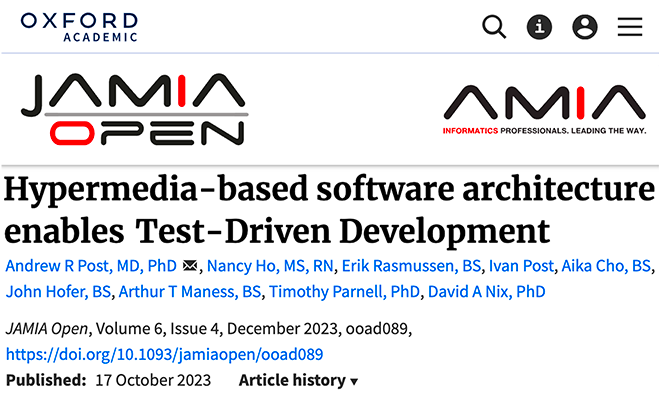- Welcome
- Introduction
- Publications and presentations
- Signing in
- System requirements
-
How To
- Logging into GNomEx
- Submitting an experiment request
- Submitting a microarray hybridization request
- Submitting a sample quality request
- Submitting a sequencing request
- Requesting that microarray hybridization or sequencing be performed on samples previously submitted to sample quality testing
- Adding lanes to a previously submitted sequencing request
- Registering an external experiment in GNomEx
- Finding and viewing a summary of an experiment
- Editing an experiment
- Downloading experiment results
- Linking the samples from an experiment to their BST sample
- Viewing analyses
- Downloading analyzed data files
- Viewing a description of the materials and the methods used during processing of a specific kind of experiment
- Performing a search for experiments and analyses meeting a specific type of criteria
- Submitting a work authorization
- How pricing and billing works in GNomEx
- Adding a new price criterion
- Creating a new price sheet
- Creating a new price category
- Modifying an existing price sheet
- Modifying an existing price category
- Modifying an existing charge item
- Preparing and sending out invoices for clients
- Generating general ledger interface data for automatically billing university accounts
- Window, Tab, and Field Descriptions
-
GNomEx Error Messages and Information Windows
- Are you sure you want to delete all the hybridizations?
- Are you sure you want to delete all of the samples?
- At least one non-empty file must be selected in order for download to proceed.
- Please enter all of the required fields for the hybridization.
- Please enter all required fields for the samples.
- Please enter at least one search criterion.
- Please select a price category.
- Please select a price sheet.
- Remove all hybs currently showing in the list?
- Remove all samples currently showing in the list?
- The number of samples to setup has changed. Do you want to clear out the existing samples?
- The request has not been saved. Are you sure you want to quit?
- The request is now assigned to project.
- The webpage you are viewing is trying to close the window.
- Unable to generate GL interface. Cannot find approved folder.
- You are no longer logged on. Please logon again.
- Your changes have not been saved. Are you sure you want to exit?
-
Working With the List of Samples Submitting for Microarray Hybridization
- Adding a Sample to the List of Samples You Will Be Submitting for Microarray Hybridization
- Adding a sample to the list of samples you will be submitting for microarray hybridization that is similar to another sample already in the list
- Deleting a sample from the list of samples you will be submitting for microarray hybridization
- Deleting all of the samples currently included in the list of samples you will be submitting for microarray hybridization
-
Working With the List of Hybridizations By Requests
- Adding a hybridization to the list of hybridizations you will be requesting
- Adding a hybridization to the list of hybridizations you will be requesting that is similar to another hybridization already in the list
- Deleting a hybridization from the list of hybridizations you will be requesting
- Deleting all of the hybridizations currently included in the list of hybridizations you will be requesting
- Editing a hybridization from the list of hybridizations you will be requesting
- Working with the list of hybridizations you will be requesting
- The hybs tab (submit microarray hybridization request window)
- The submit microarray hybridization request window
- Submitting a microarray hybridization request
- Microarray hybridization requests
-
Specialized Role Topics
- Uploading a sample sheet
- Setting/changing the prices of a charge item
- Setting/changing the experiment type(s) associated with a price sheet
- Setting/changing the criteria by which a charge item will be applied to billing for an experiment
- The sample view tab (new experiment module)
- The hyb setup tab (new experiment request module)
- The hyb view tab (new experiment request module)
- The new project window
- The edit project window
- Adding a new project while you are entering a microarray hybridization request
- Editing an existing project while entering a microarray hybridization request
- Adding a new sample characteristic for annotation while submitting a sample hybridization
- Editing an existing sample characteristic for annotation while submitting a sample hybridization
-
Guides
- User Guide
- Experiment orders
- The foundation of GNomEx
- Experiments at a glance
- Submitting a HiSeq or MiSeq experiment order
- ABI Capillary (Sanger) Sequencing
- Checking on experiment progress
- Copy and pasting into samples grid
- Posting outside experiment data
- iScan experiments
- Downloading and uploading your data
- The download files window
- Downloading large data sets
- Downloading chromatograms
- Fast data transfer from the command line
- Troubleshooting guide for downloading
- Launching FDT with Webstart
- Uploading your data
- Annotating your experiment
- Associating experiment files back to the samples
- Sample annotations
- Copy and paste for the samples grid
- Bulk sample sheet import
- Analysis and data tracks
- Create an analysis
- Data tracks
- Disk usage
- Configuring GNomEx
- Context-sensitive help
- Customize the billing account fields
- Dictionaries
- Seq lib protocols and barcode schemes
- Configuring HiSeq rapid mode sequencing options
- Developer Guide
- Installation Guide
- Configuring GNomEx for FDT
- Configuring GNomEx to use LDAP Authentication
- Compiling and Building
- The Database Schema
- GNomEx Open Source
- Developer Documents
- Illumina HiSeq Realtime Info — The Metrix Server
- FAQs
- Demo
Metrix is an application written in java which will run in the background of the server much like a daemon.
To answer one of the first questions of Brett, the code does not necessarily gets executed at one single point in time. As Metrix is running continuously in the background it monitors the illumina run folder for any changes (New folders / files being created).
If in this run folder a new folder is created which matches a certain pattern (YYMMDD_sequencername_runnumber_flowcellbarcode_OptionalRunName) then it is added to the list of folders that Metrix needs to monitor. Several validity checks are run to ensure that the folder created is indeed a valid illumina run folder.
In the first pass of finding a valid illumina run folder, Metrix will check how much information / data is readily available to parse. All the parsed data of a run will be stored in a custom made java object called a "Summary" and are in turn stored in an SQL database.
I have ensured that no modifications to the file system take place, in other words, Metrix will not write any changes to files present in the Illumina run folder or anywhere else on the file system. The only data being generated and stored is by Metrix in the MySQL database.
Similarly as long as the Metrix daemon is running, it can be accessed by a piece of code called metrixClient. This code allows the interrogation of data and information known to Metrix (stored in the database) by querying with parameters. I have made Metrix in such a way that it can generate the output in multiple formats (XML, TSV, Java object), making it suitable for GNomEx as well as CLI (Command Line Interface) purposes.
Next I’ll explain a bit what I envisioned of how Metrix and GNomEx are supposed to work together. The raw data generated by the HiSeq's and MiSeqs hold an enormous amount of valuable information. Typically this is all the information you can see in Illumina's well-known Sequence Analysis Viewer, but because we can extract all the data ourselves using Metrix we can create our own graphs and generate reports on various metrics such as Machine efficiency, Cycling times, Q20/Q30 %’s, Phasing/Prephasing, Cluster Densities and Indices.
As Brian already said, only upon flowcell assembly completion the folder name is known in GNomEx. Because as it stands now Gnomex and Metrix are separated, I propose that make a specific component in GNomEx where admins can link assembled flowcells with the actual run directory via Metrix. This can be done by passing on the used flowcell ID to Metrix which in turn can return the full path of where the data is stored, along with any requests sequencing metrics that are required.
For now I have chosen to restrict the Sequencing Progress view on the dashboard to admin users only. Usually when a run is ready we get notified by our standalone version of Metrix and we start the demultiplexing process. The demultiplexing takes a while as well and once it is done we will notify the clients.
In the long run my desire is to create reporting framework within GNomex where graphs and tables can be created using Experiment data from GNomEx together with metrics data parsed by Metrix.
Regarding information shown on the dashboard. This is fully customizable from the side of GNomEx as well as the side of Metrix. We could condense the initial view on the dashboard to merely a progress bar and the run name and provide a button which will show you a popup with more detailed information.




